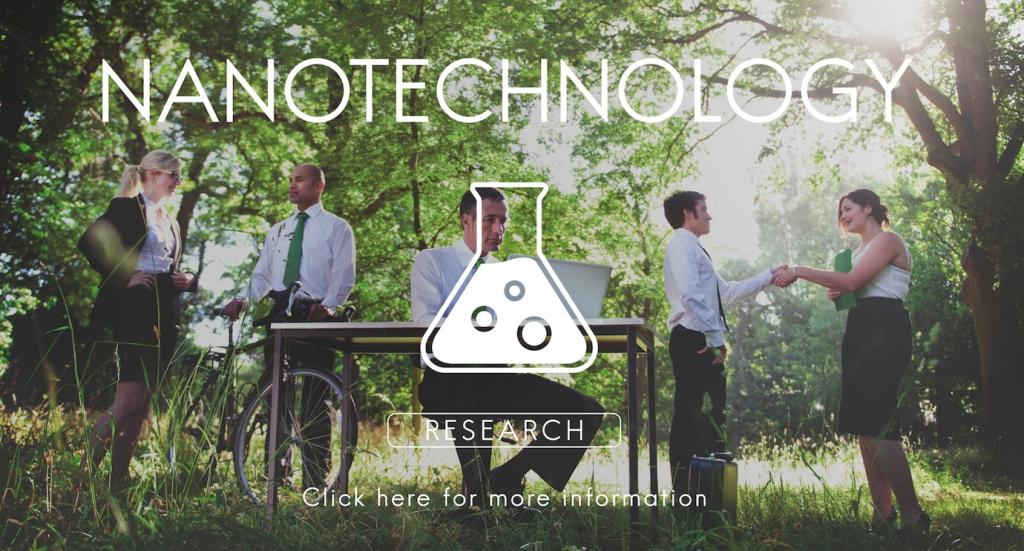Innovative Transportation Systems for Smart Cities
Innovative transportation systems are at the heart of the smart city revolution, transforming urban landscapes to become more efficient, sustainable, and responsive to the needs of modern citizens. Smart cities leverage advanced technology and data-driven insights to resolve the challenges associated with traditional transportation methods, such as congestion, pollution, and inadequate mobility options. By integrating new mobility solutions, intelligent infrastructure, and real-time connectivity, these systems not only enhance the commuting experience but also pave the way for greener, safer, and more inclusive urban environments. This webpage explores the pivotal innovations that underpin transportation systems designed for the smart cities of tomorrow.


Intelligent Transit Networks

Ride-Sharing and Microtransit
Smart Infrastructure Integration
Intelligent Traffic Management Systems


Electric Vehicle Charging Infrastructure
Data-Driven Decision Making

